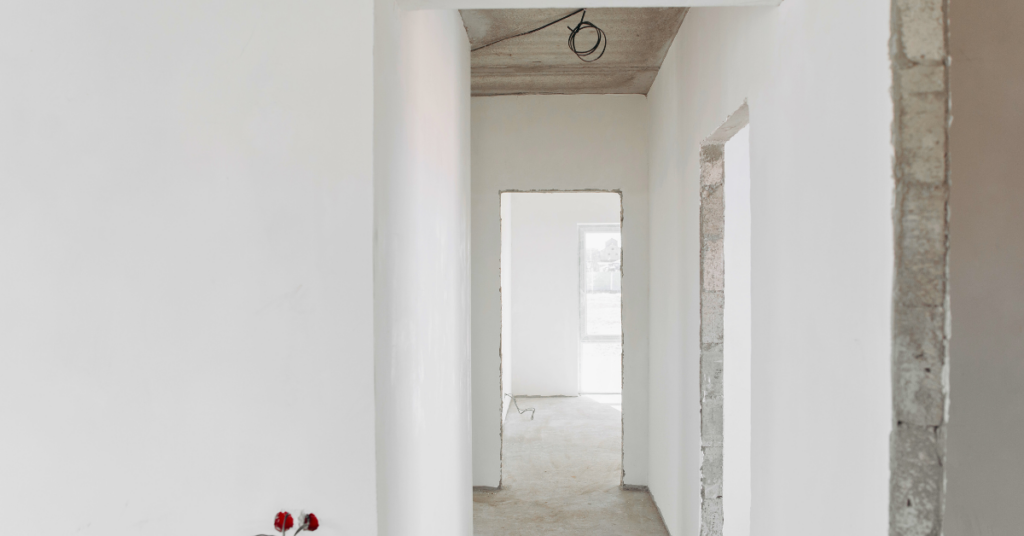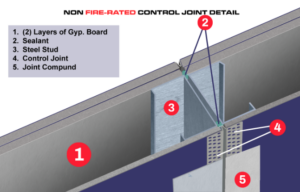
Cracks in drywall don’t just happen—they’re the result of poor planning. And at Robey Drywall, we don’t do guesswork. Every commercial project comes with a certain level of movement—buildings expand, contract, settle. The key is knowing how to manage that movement before it turns into a problem. That’s where control joints come in.
They’re not just a code requirement. They’re the difference between a drywall system that holds up and one that starts showing stress fractures before the job is even closed out.
What Are Control Joints, and Why Do They Matter?
Think of a drywall control joint as a built-in expansion buffer. It’s an intentional gap placed in drywall systems to control where movement happens, rather than letting it show up as random cracking across walls and ceilings.
Every building shifts—concrete cures, steel expands, temperature changes push and pull materials. Drywall doesn’t flex the way other materials do, so without a drywall control joint, it will crack. It’s not a question of if—it’s when.
Where Do You Need Control Joints?
Industry standards aren’t just suggestions—they’re hard-earned best practices. We follow GA-216 and ASTM C840 guidelines to determine proper placement:
- Long Walls: Any uninterrupted run over 30 feet needs a control joint to relieve stress.
- Ceilings with Perimeter Relief: Maximum spacing is 50 feet to prevent sagging or cracking.
- Exterior Soffits & Ceilings: These take a beating from temperature swings—control joints go every 30 feet to handle the movement.
- High-Stress Areas: Around doors, windows, and anywhere drywall meets dissimilar materials, movement happens. We make sure joints are in place before cracks become an issue

Every job is different. That’s why we take a big-picture approach, factoring in structure, climate, material interaction, and usage before we even pick up a sheet of drywall.
How Robey Drywall Gets It Right
Not every control joint is created equal. Placement, materials, and finishing all matter. Here’s how we ensure they do their job without compromising the finish:
- Strategic Planning: We coordinate with architects and GCs upfront to get joints placed right—not as an afterthought.
- Code Compliance: Our work meets or exceeds GA-216, ASTM C840, and GA-234 for fire-rated assemblies.
- Durable Materials: We use high-performance vinyl or metal control joints, chosen for longevity and seamless integration.
- Precision Installation: A drywall control joint is only effective if it’s framed, spaced, and finished correctly. We don’t cut corners—we frame them.
Robey: Commercial Drywall Contractors Who Get It Right
We know commercial drywall, and we know how to make it last. Whether it’s a high-end office build-out, a hospital with stringent fire ratings, or a retail space with demanding aesthetics, we install drywall systems that perform. No delays, no excuses—just execution.
Looking for commercial drywall contractors who get the details right? Let’s talk. Contact Robey Drywall today.
Here are some of the most common concerns we hear from general contractors and developers across all our job sites:
FAQs
Q: Can I skip a control joint to cut costs?
A: You could—but you’ll pay for it later. Patching stress cracks, repainting, and dealing with callbacks will cost more in the long run.
Q: How do control joints affect fire-rated walls?
A: They need to be handled properly to maintain rating integrity. We follow GA-234 to ensure everything stays up to spec.
Q: Will a control joint be visible in the finished product?
A: If done right, they blend in. On high-finish projects, we take extra steps to minimize their appearance.




